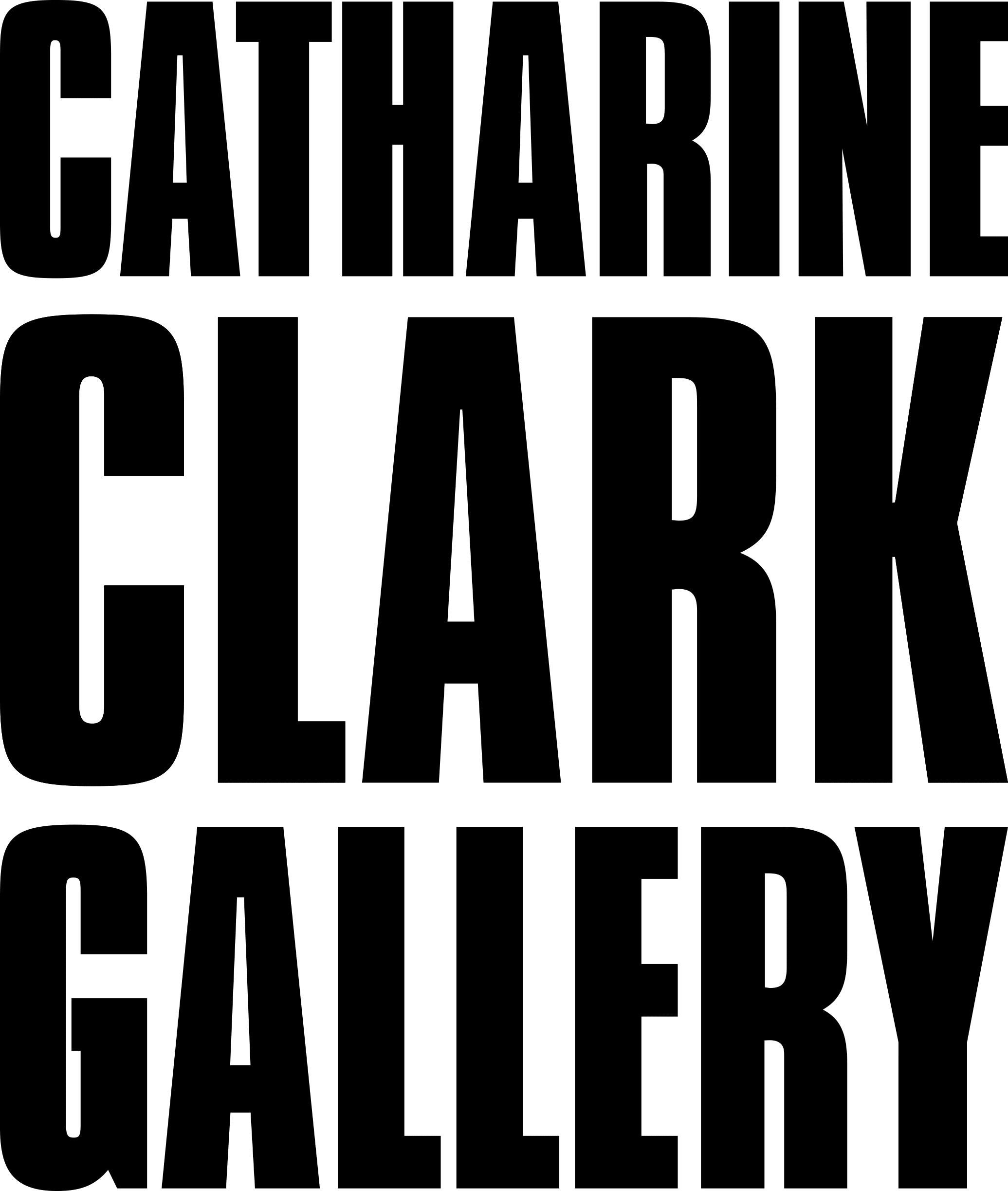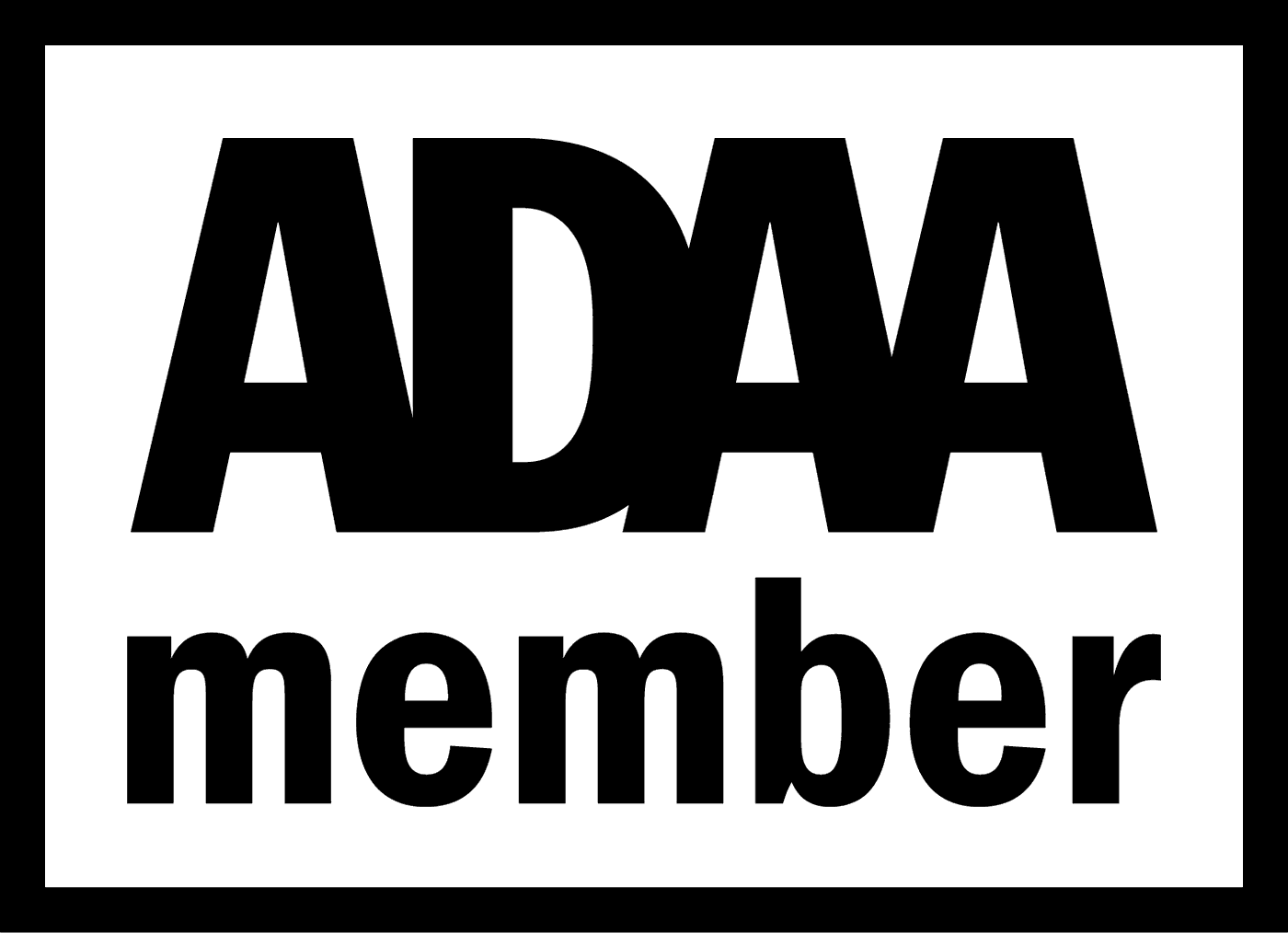Paper and scissors are two of the most foundational elements of creativity. From the moment we have the motor skills to hold scissors at pre-school, we’re cutting shapes out of construction paper, folding paper into fortune tellers, and collaging with old magazines. At a certain point, most of us grow out of this art practice and move on to more “advanced” materials. Interdisciplinary artist Imin Yeh stayed with paper and scissors and, to this day, creates 1:1 replicas of everyday objects out of paper as part of her sculpture practice. Yeh uses handcraft and mimicry to explore themes of unseen labor and production that go unconsidered and under-appreciated in many of the material items surrounding us.


I was immediately captivated by Yeh’s work and her thoughtful point of view, so I reached out to learn more about her process and ethos. The Pittsburgh-based artist is an Associate Professor of Print Media at Carnegie Mellon University School of Art, and she recently showed a solo exhibition at Catharine Clark Gallery in San Francisco entitled A Salty Rainbow. Her responses to my questions about practice are below.
A small object, a gesture, or a voice from the margins can reclaim a space, be a catalyst of thought, or at the very least, provide a bit of wonder and magic.


Growing up, I went to Chinese school on Sundays, and my favorite part of those courses was the “culture” classes, where we learned about Chinese arts and crafts. I don’t remember when I was exposed to the folk craft of Chinese paper cutting, but I remember quickly moving to the more complicated imagery and using an X-acto blade over scissors.
I loved how a common piece of paper could be transformed into something precious, valuable, and imbued with meaning depending on how you worked it. Physically, I find the act of intricate paper cutting relaxing. In many ways, the physicality of how you make an image drew me to woodblock printing and printmaking in college, which was my first official “art love.” All of my sculptures come from a printmaking and book-making skill set, tradition, and conceptual ethos.
But I think you can go further: paper is a material of childhood, a time when, without overthinking, you can make yourself anything you ever wanted. I remember playing “Library” as a child, sticking folders with stamped index cards on the inside covers of every book. My mother tells a story of how, when I was four, I would take these white plastic bunny scissors and spend all afternoon completely engrossed in cutting out coupons.




In 2010, I made a work called Paper Mahjong. It was a PDF of a complete set of Mahjong tiles, free to download and print. If you were willing to cut out the 144 tiles and sculpt them, you could also play the game. Before that, I worked in traditional printmaking, but then the work moved away from multiples on paper and toward sculptures and participatory projects. Paper Mahjong was the first project where I wasn’t trying to illustrate an idea but enact it through participation and play, through making a physical (albeit still designed, inked, and printed on paper) object.

In 2011, I made a copy of a power outlet while at an artist residency without an internet connection. My studio was in a boathouse and I stared at these outlets for a long time, thinking about how the outlet is what makes this simple building a productive place for work. That outlet was the beginning of looking for more and more everyday objects to recreate.

I look for objects so common that we don’t notice they are there anymore. Some of my earliest paper sculptures were outlets, light switches, phone chargers, and discarded orange peels. I’ve made paper copies of the functional objects that share the space of the art objects we are supposed to be studying deeply— outlets, temperature controls, radiators, I-beams, stanchions, and track lights. I’m interested in the objects of the unintentional archive found in our parents’ basements, spare rooms, and home offices.
But small things can accumulate into big ideas.
I work primarily in a 1:1 scale, but I am often interested in small things. This could have been born from a studio practice found in the short and interrupted chunks of time between teaching, administrating, and parenting. But small things can accumulate into big ideas.

I am extremely privileged to have a studio on the campus where I teach, adjacent to many print and sculpture facilities. My artwork tends to look clean and reduced, and it’s made with Fordian efficiency and logic. My studio is chaotic, and I think I might be a very messy person. As someone who can be quite singularly focused on getting something done, the tidying and cleaning up can wait.
Since the sculptures are often made from repetitive tasks, I can work from many different places. I like working on things from the bed, on the floor while I play with my daughter, on the kitchen table, outside on a picnic table, etc.


A Salty Rainbow contains, quite literally, thousands of sculptures, one-to-one copies of objects built out of paper. It was hard to imagine how so many small things could fill up such a large, cavernous space, so seeing that even the smallest things can hold space and be the carrier of wonder was rewarding.
The show was a culmination of four years of studio output. My daughter was born four years ago during the COVID lockdown, so everything had stopped and changed. It’s amazing to imagine that this studio practice built out of a few precious minutes between everything else, could eventually culminate in thousands of small works.



The nature of paper is so accessible, it isn’t this expensive and rare material, it doesn’t require rarified access to technologies or fabrication facilities.
Why do you think your work resonates so deeply with people?
The work is legible to many people, regardless of their fluency in contemporary art. The objects I’m drawn to are familiar to people. The use of craft that things are hand-built and clearly handmade makes it relatable to many people. They might not understand why I would make it, but they respect how it was made
The nature of paper is so accessible; it isn’t this expensive and rare material, and it doesn’t require rarified access to technologies or fabrication facilities. I’m glad that children have enjoyed the show, too, that they see they already have the skills and materials to build the objects they want.
Read more at: https://www.printmag.com/designer-profiles/imin-yeh/



